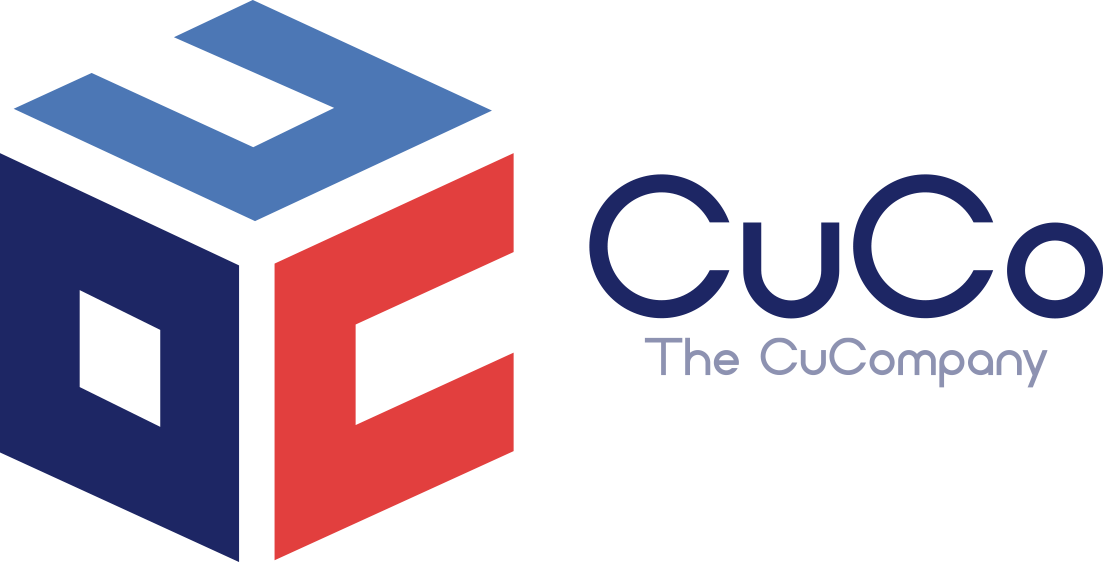
Charting the Future: Marketing Innovations in the Cruise Industry for 2025
The cruise industry in 2025 is navigating a dynamic and evolving market, with marketing strategies at the forefront of its growth and reinvention. As travel preferences shift and technology advances, cruise lines are focusing on innovative approaches to engage diverse audiences and redefine what cruising means to modern travellers.
One of the most significant marketing trends is the focus on attracting younger demographics, particularly millennials and Gen Z. Cruise lines are reshaping their offerings to appeal to these groups, emphasising shorter, more affordable trips and unique experiences. Features like private island destinations, high-speed internet, and adults-only environments are now common. These efforts have yielded measurable success; for instance, Royal Caribbean recently reported that half of its guests are millennials or younger. The industry is also embracing social media and influencer partnerships to create authentic content that resonates with younger audiences.
Collaborations with luxury and lifestyle brands have emerged as another transformative marketing strategy. Partnerships such as those between APT and Seabourn aim to deliver innovative, luxurious, and educational travel experiences, often targeting high-income travellers. These collaborations enable cruise lines to differentiate their offerings and attract niche markets by focusing on exclusive destinations and curated itineraries. These initiatives highlight the industry’s commitment to creating memorable experiences beyond traditional cruising.
A critical aspect of modern cruise marketing is addressing misconceptions about the industry. Many cruise lines are banding together to launch joint campaigns that emphasise the advances made in safety, sustainability, and passenger experience. These campaigns are designed to counter outdated perceptions and showcase the industry’s modernisation. By communicating these messages cohesively, cruise operators aim to build trust and broaden their appeal to travellers who may not have previously considered cruising.
The industry’s financial outlook further underscores the effectiveness of these marketing strategies. Booking rates for the upcoming “Wave Season”—spanning from Christmas to March—are strong, with advanced ticket sales outpacing historical levels by 10-15%. While fewer discounts are being offered, cruise lines are adding value through extras like drink packages and free guest promotions. This growth reflects the success of targeted marketing efforts in rekindling demand and maintaining consumer confidence.
In conclusion, the cruise industry in 2025 is a vibrant example of how innovative marketing strategies can drive growth and redefine an entire sector. By appealing to younger travellers, leveraging brand partnerships, addressing misconceptions, and focusing on value-driven promotions, cruise lines are setting sail for a promising future.

